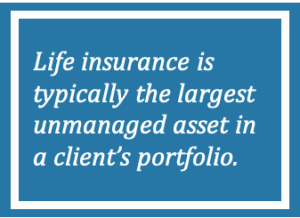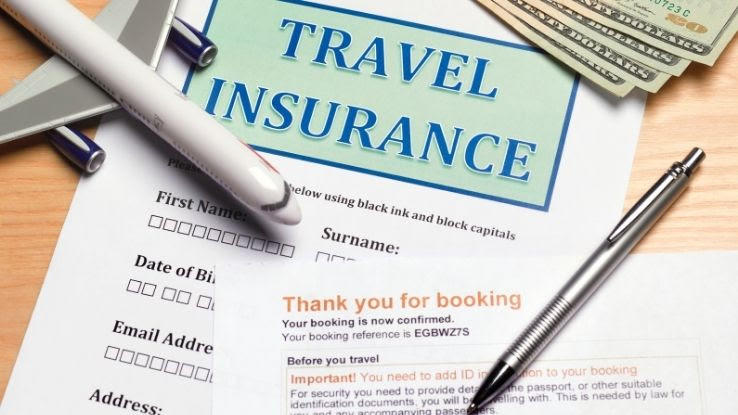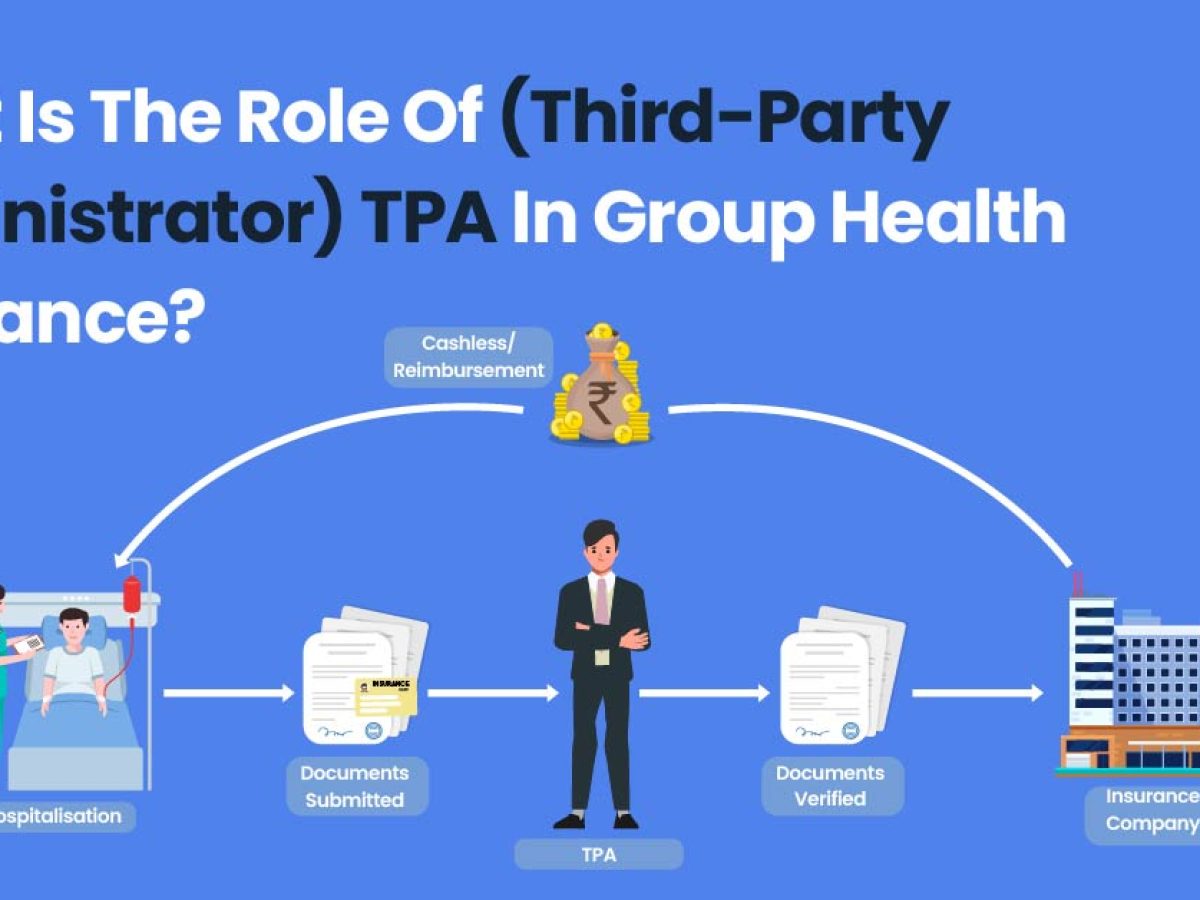8 Easy Facts About Pacific Prime Explained
8 Easy Facts About Pacific Prime Explained
Blog Article
Pacific Prime - Questions
Table of ContentsPacific Prime Fundamentals ExplainedExcitement About Pacific PrimePacific Prime Things To Know Before You BuyPacific Prime for Beginners
In most states, the insurance company is called for to send you a duplicate of the adjustments to your plan. It is necessary that you check out Endorsements or Riders so you understand how your plan has actually changed and if the plan is still appropriate to satisfy your needs. To acquire a duplicate of your insurance coverage plan, please contact your insurance policy representative or business.
The Institute of Medicine (IOM) Committee on the Consequences of Uninsurance launches an extended examination of proof that addresses the relevance of medical insurance coverage with the publication of this report. Protection Matters is the initial in a collection of six records that will be issued over the following two years recording the fact and effects of having an estimated 40 million people in the USA without medical insurance protection.

How Pacific Prime can Save You Time, Stress, and Money.
The objective of this collection of research studies is to redouble plan focus on a longstanding problem. Complying with the longest economic expansion in American background, in 1999, an estimated one out of every six Americans32 million adults under the age of 65 and greater than 10 million childrenremains without insurance (Mills, 2000).

10 percent of the population make up 70 percent of health care expenditures, a relationship that has actually remained continuous over the past three years (Berk and Monheit, 2001) - international health insurance. Hence health and wellness insurance coverage continues to offer the feature of spreading out risk even as it progressively funds regular care. From the perspective of health and wellness care carriers, insurance carried by their individuals aids safeguard a revenue stream, and communities take advantage of financially practical and stable healthcare professionals and establishments
Federal government gives medical insurance to populaces whom the personal market might not serve effectively, such as handicapped and senior citizens, and populaces whose accessibility to wellness treatment is discover here socially valued, such as kids and expectant ladies. The ultimate ends of medical insurance coverage for the specific and areas, including workplace areas of workers and employers, are improved health end results and top quality of life.
The Ultimate Guide To Pacific Prime
Workers place medical insurance initially by far in significance among all the advantages used in the office (Salisbury, 2001). Although there have been substantial investments of individual and public funds to supply medical insurance, lots of people still have no protection. Regardless of comprehensive coverage of survey findings and healthcare research results, the basic public continues to be confused and misinformed regarding Americans without health insurance coverage and the effects of doing not have protection.

Without inquiry, the complexity of American health treatment funding devices and the wealth of sources of details include to the public's confusion and skepticism about medical insurance statistics and their interpretation. This report and those that will follow goal to boil down and offer in conveniently understandable terms the substantial study that births on concerns of wellness insurance policy protection and its significance.
Fifty-seven percent of Americans surveyed in 1999 thought that those without medical insurance are "able to obtain the treatment they require from physicians and health centers" (Blendon et al., 1999, p. 207). In 1993, when nationwide interest was focused on the problems of the uninsured and on pending healthcare regulations, just 43 percent of those polled held this belief (Blendon et al., 1999).

They likewise receive fewer preventive services and are less most likely to have regular take care of persistent problems such as high blood pressure and diabetic issues. Chronic illness can cause expensive and disabling complications if they are not well taken care of (Lurie et al., 1984; Lurie et al., 1986; Ayanian et al., 2000). One nationwide study asked greater than 3,400 adults concerning 15 extremely major or morbid problems.
The Buzz on Pacific Prime
Additional evidence is offered later on in this phase in the discussion of insurance policy and accessibility to wellness treatment. https://www.pinterest.com/pin/1093741459520423720. People without health insurance are young and healthy and balanced and select to go without coverage. Almost fifty percent (43 percent) of those surveyed in 2000 thought that people without health insurance coverage are most likely to have health issue than individuals with insurance policy
Citizens and policy manufacturers in focus group discussions characterize those without insurance coverage as youngsters that have the opportunity to be covered and feel they do not require it (Porter Novelli, 2001). Compared to those with a minimum of some personal insurance coverage, the uninsured are much less likely to report being in exceptional or great health (Company for Medical Care Research and Quality, 2001).
RESOURCE: Facility for Cost and Financing Research Studies, Firm for Healthcare Research Study and Top quality, based on MEPS data. Young grownups between 19 and 34 are much more likely to do not have medical insurance than any other age team. This is primarily because they are less commonly qualified for employment-based insurance due to the nature of their task or their short tenure in it.
The perception that people without insurance coverage have better-than-average wellness complies with from puzzling the reasonably young age account of the without insurance with the much better health and wellness, generally, of more youthful individuals. This obscures the link between health condition and medical insurance. For those without accessibility to work environment medical insurance, poor health is a potential obstacle to acquiring nongroup coverage due to the fact that such insurance coverage may be extremely priced, exclude pre-existing conditions, or be merely unavailable.
Report this page